Optimal Timing for Drainage Ditch Installation
Understanding the optimal time for drainage ditch installations is essential for ensuring proper function and longevity. The timing depends on weather conditions, soil moisture levels, and project scope. Installing during dry, stable conditions minimizes disruptions and allows for more precise excavation and construction.
Spring offers moderate soil moisture levels, making it suitable for excavation and reducing the risk of equipment getting stuck.
Summer can be ideal if rainfall is minimal, but excessive heat may impact equipment and soil stability.
Fall provides cooler temperatures and less rainfall, which can aid in installation before winter conditions set in.
Winter is generally less favorable due to frozen ground and increased difficulty in excavation.
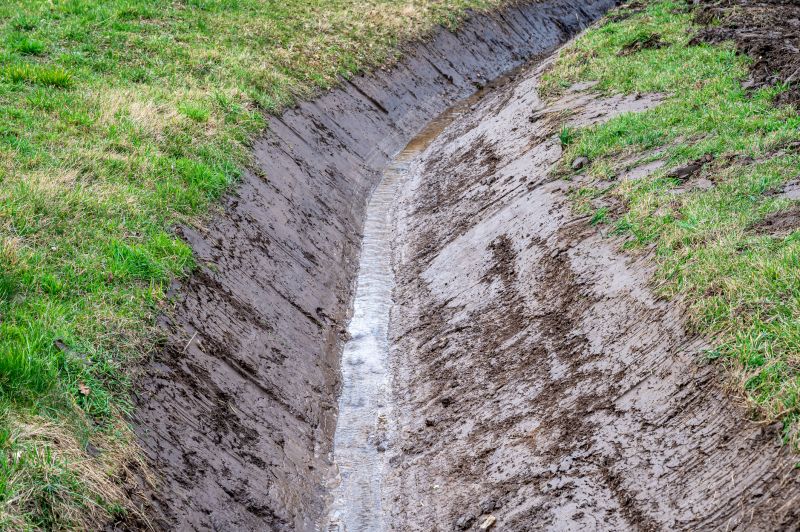
Springtime allows for manageable soil conditions for efficient ditch installation.

Summer offers longer daylight hours, but requires dry weather for optimal results.
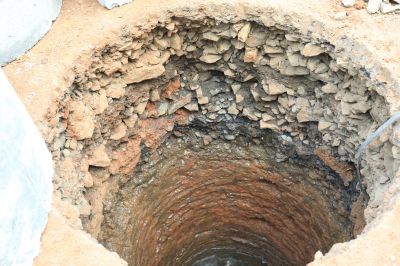
Fall provides cooler temperatures and stable soil conditions for installation.

Ways to make Drainage Ditch Installations work in tight or awkward layouts.
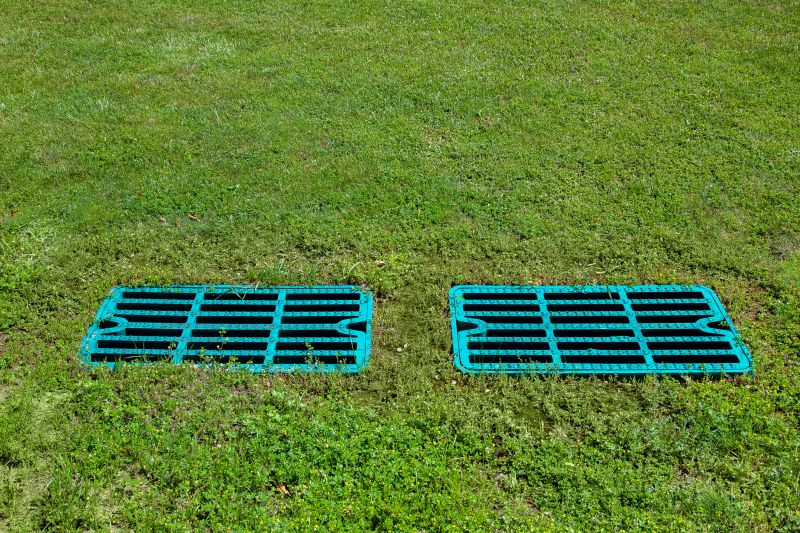
Popular materials for Drainage Ditch Installations and why they hold up over time.
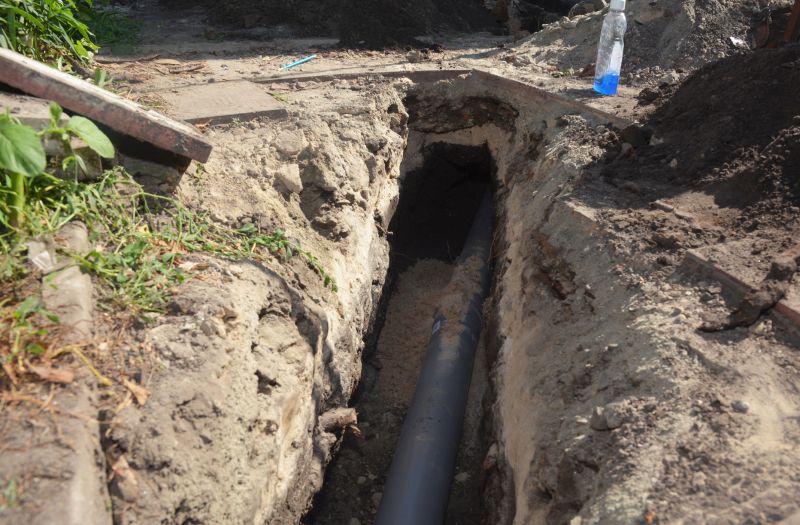
Simple add-ons that improve Drainage Ditch Installations without blowing the budget.
Drainage ditch installations are a vital component in managing water flow and preventing erosion. Proper timing ensures that the installation process is efficient and durable. Installation during suitable weather conditions reduces the risk of soil erosion, equipment delays, and structural issues. Proper planning around seasonal weather patterns can lead to cost savings and improved project outcomes.
| Season | Optimal Conditions |
|---|---|
| Spring | Moderate soil moisture, manageable weather |
| Summer | Dry weather, longer days |
| Fall | Cooler temperatures, less rainfall |
| Winter | Frozen ground, high difficulty |

Spring offers favorable conditions for excavation and installation.
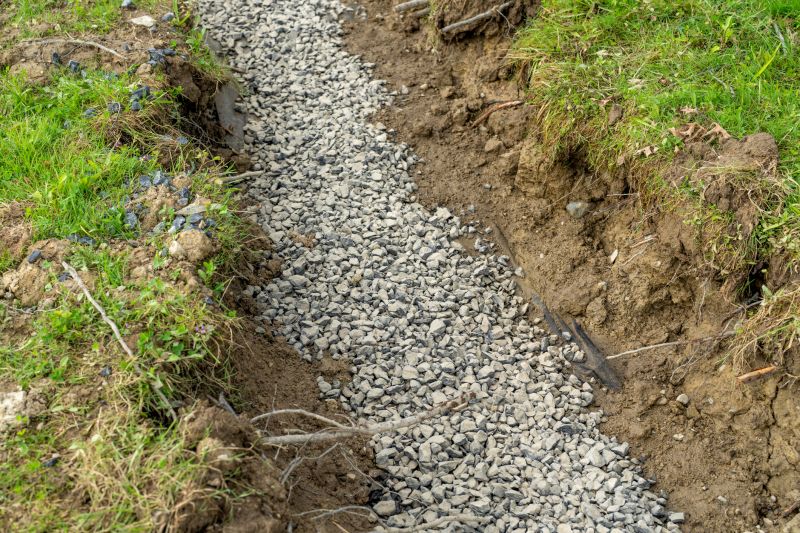
Summer requires dry weather for effective work, with longer daylight hours.
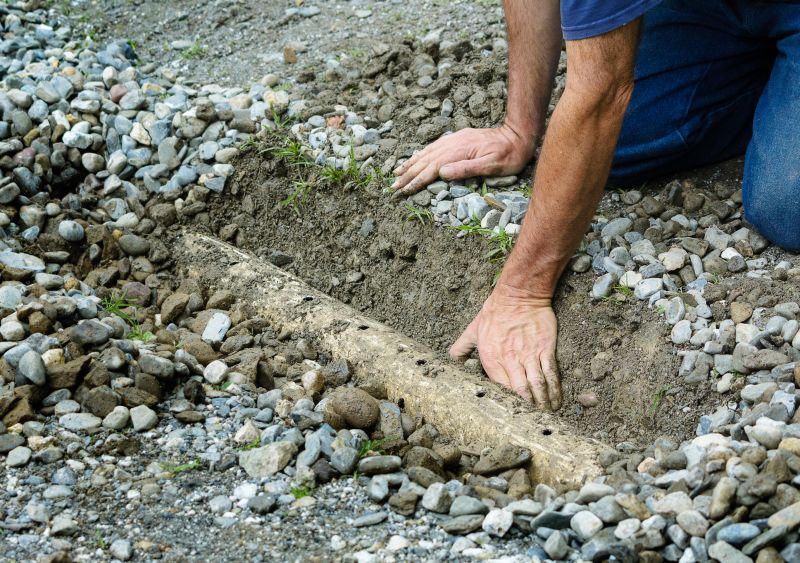
Fall provides cooler temperatures and stable ground for installation.
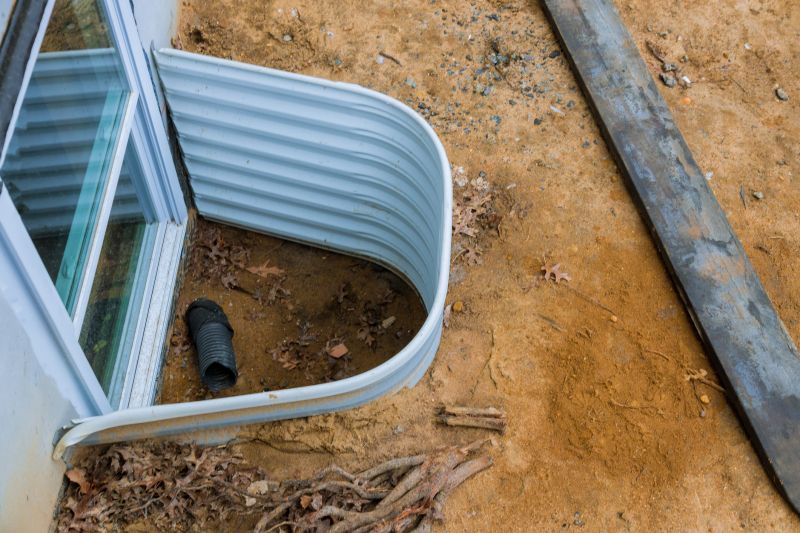
Winter presents frozen ground and logistical difficulties for installation.
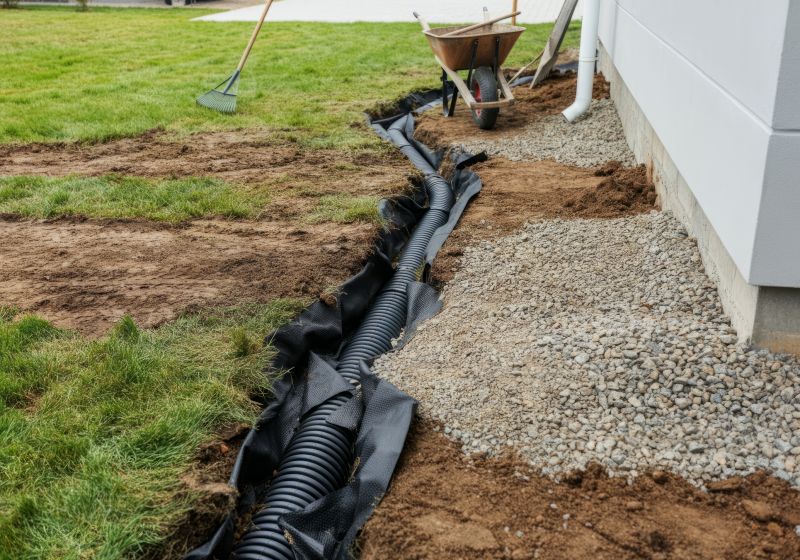
High-end options that actually feel worth it for Drainage Ditch Installations.

Finishes and colors that play nicely with Drainage Ditch Installations.
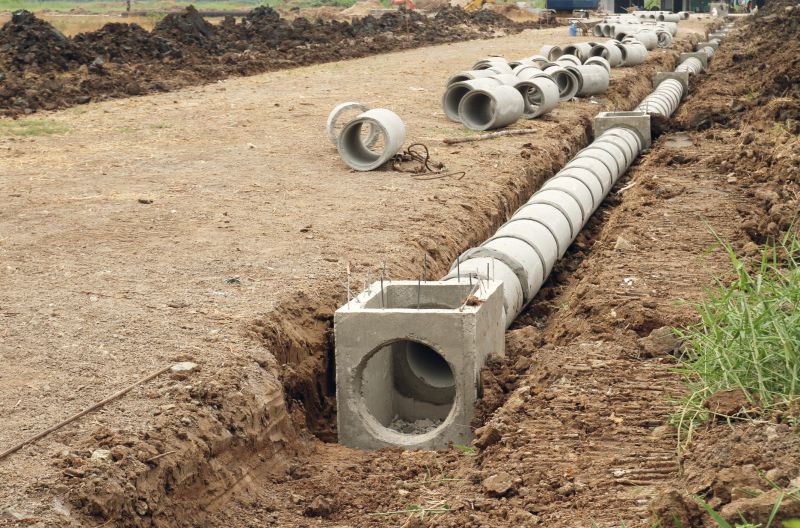
Little measurements that prevent headaches on Drainage Ditch Installations day.
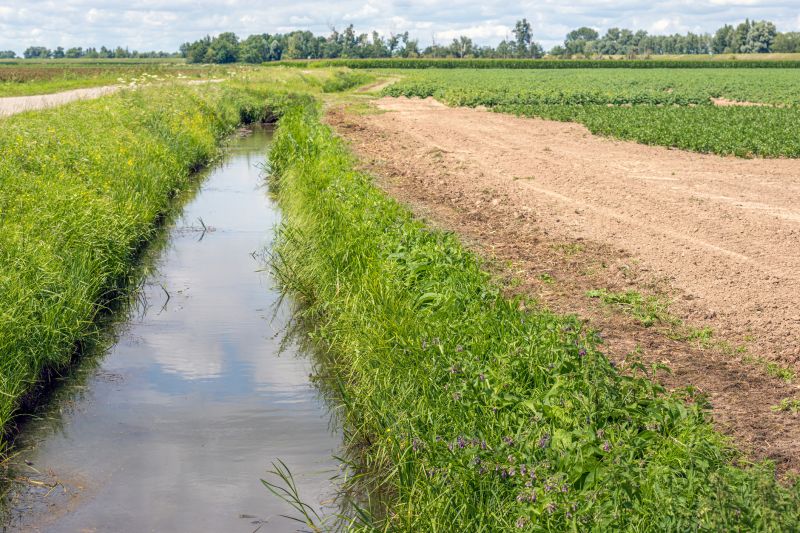
A 60-second routine that keeps Drainage Ditch Installations looking new.

A frequent mistake in Drainage Ditch Installations and how to dodge it.

Small tweaks to make Drainage Ditch Installations safer and easier to use.
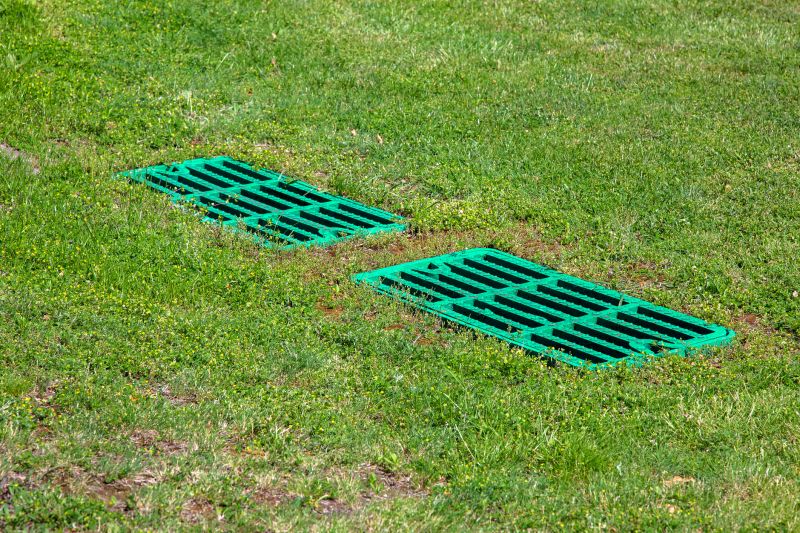
Lower-waste or water-saving choices for Drainage Ditch Installations.

The short, realistic tool list for quality Drainage Ditch Installations.
Choosing the right time for drainage ditch installation can significantly impact the project's success. Proper planning around seasonal weather and soil conditions minimizes delays and enhances the durability of the drainage system. Consulting local weather patterns and soil reports can aid in selecting the optimal window for installation.
Interested in drainage ditch installations? Filling out the contact form can provide additional guidance and support for planning and executing the project effectively.



